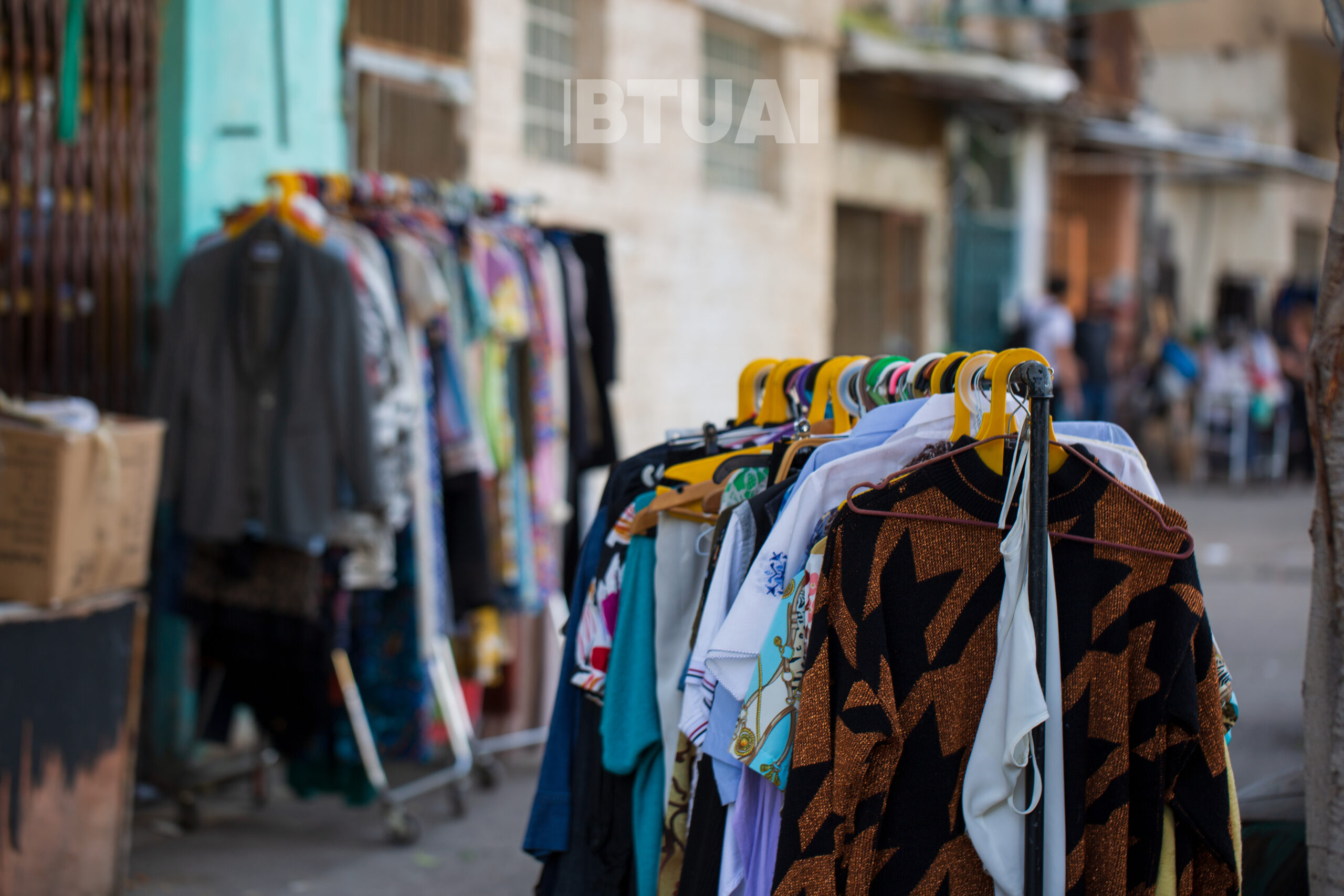The Global Growth of the Second-Hand Clothing Market and Georgia’s Performance
The second-hand clothing market is developing rapidly worldwide, standing out in contrast to traditional retail. According to research by

The second-hand clothing market is developing rapidly worldwide, standing out in contrast to traditional retail. According to research by ThredUp analysts, in 2023, the global second-hand market grew by 18%, reaching a record turnover of $197 billion. Forecasts suggest that by 2028, turnover in this market will reach $350 billion. The popularity of second-hand clothing is not only driven by economic factors but also by its growing significance as part of the sustainable fashion and environmental movement.
One of the primary reasons for the growth of the second-hand clothing market is the increasing focus on environmental issues. Globally, the number of people who recognize the environmental impact of producing new clothing is growing steadily. Textile production is one of the biggest polluters, involving significant water usage and chemicals that severely harm the environment. Purchasing second-hand clothing is seen as an environmentally responsible choice, which appeals to buyers concerned with environmental problems.
Besides ecological factors, the financial aspect is also significant. Purchasing second-hand clothing is more affordable for many, especially in countries where living conditions and income levels are limited. Economic crises and the challenging financial conditions resulting from the pandemic have driven many to seek cheaper alternatives for clothing. The growth of online platforms, which make it easier for consumers to find and sell clothes, is also a contributing factor to the expansion of the second-hand market.
The second-hand clothing market is growing in Georgia as well. According to Geostat, the import of second-hand clothing in the country has increased by 77% over the past 10 years, and as of January-August 2023, this figure reached $24.56 million. For comparison, in the same period of 2015, the import of second-hand clothing was $13.91 million, indicating the steady growth of the market and the increasing demand from the public.
Turkey is the main source of second-hand clothing imports for Georgia, with $9.88 million worth of clothing purchased from there in January-August 2023. The second largest source is the United States, at $3.5 million, followed by the United Arab Emirates ($2.09 million), the United Kingdom ($1.85 million), and the Netherlands ($1.73 million). These figures indicate that Georgia actively utilizes the international second-hand clothing market and has diversified its sources of imports.
The growth of the second-hand clothing market is not unique to Georgia. Globally, especially in Europe and the United States, this market is also developing rapidly. In European countries such as Germany, France, and the Netherlands, buying second-hand clothing has become highly popular, driven by both financial and ecological considerations. In Germany, for instance, the growth of the second-hand market consistently outpaces that of traditional fashion, as consumers increasingly opt for environmentally sustainable choices.
The market share of second-hand clothing is also rising in the United States. In 2023, the American market was among the fastest-growing in the world, driven by both young people’s environmental awareness and rapidly changing fashion trends. According to ThredUp, the U.S. second-hand clothing market plays a significant role in the global market and meets high demand.
In our region, the second-hand clothing market is also growing in Turkey. In Turkey, not only is local demand high, but the country also serves as a major exporter for the markets of Georgia and other neighboring countries. Turkey’s geographical location and textile production tradition give it an important role in the regional market, enabling it to supply quality and affordable second-hand clothing to meet the needs of neighboring countries.
The second-hand clothing market is experiencing record growth globally, and this trend is particularly evident in Georgia. Data from Geostat indicate an increase in the import of second-hand clothing, reflecting growing demand from the population, which is likely driven mainly by financial conditions and only a minimal interest in ecological concerns. Global trends also show that the second-hand clothing market will continue to grow, with a projected turnover of $350 billion by 2028.
The growth of the second-hand clothing market in Georgia is likely to continue, particularly in conditions where the country’s economy is in a developmental phase and the population seeks affordable options. Imports of second-hand clothing from Turkey and other countries are also expected to grow, as these countries continue to play a major role in supplying clothing for the Georgian market. As a result, the development of Georgia’s second-hand clothing market could become an important tool for supporting both ecological sustainability and social equity, ensuring the accessibility of clothing for all segments of society.




